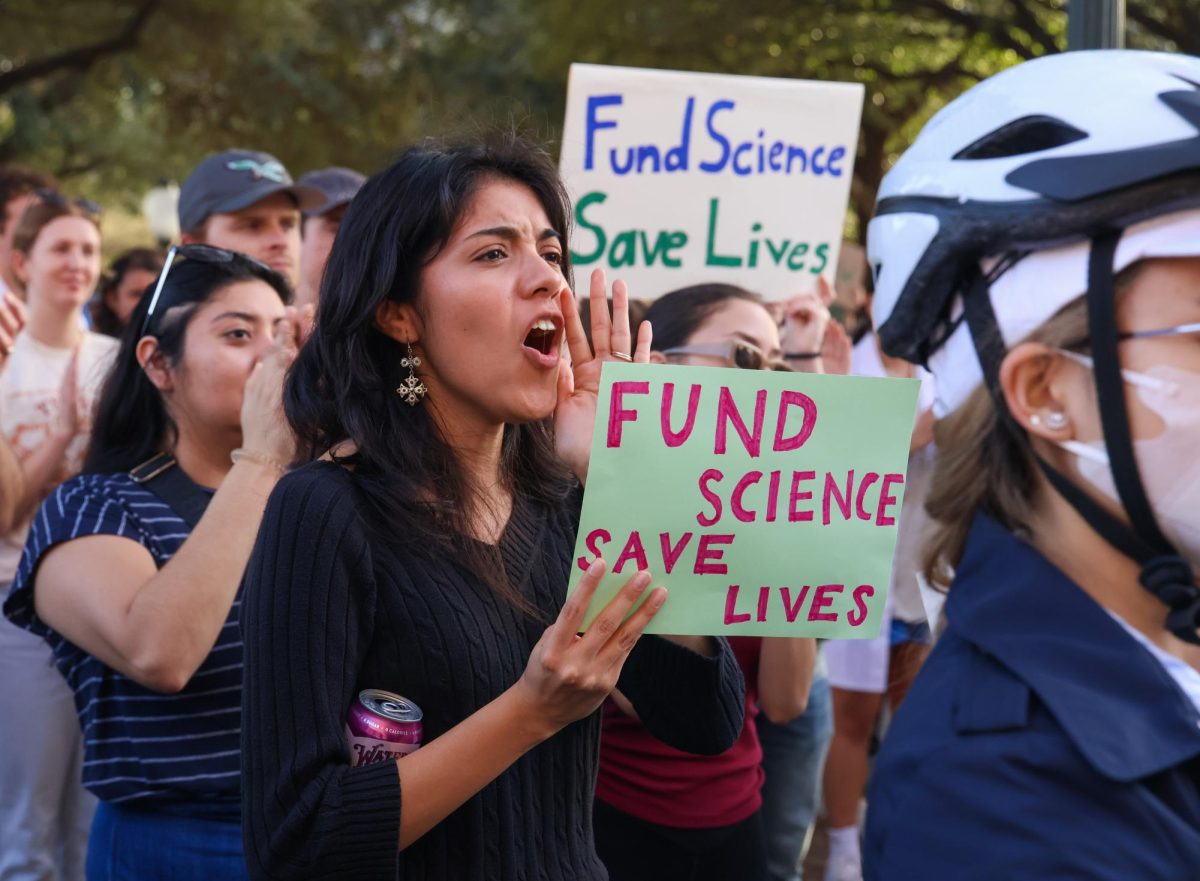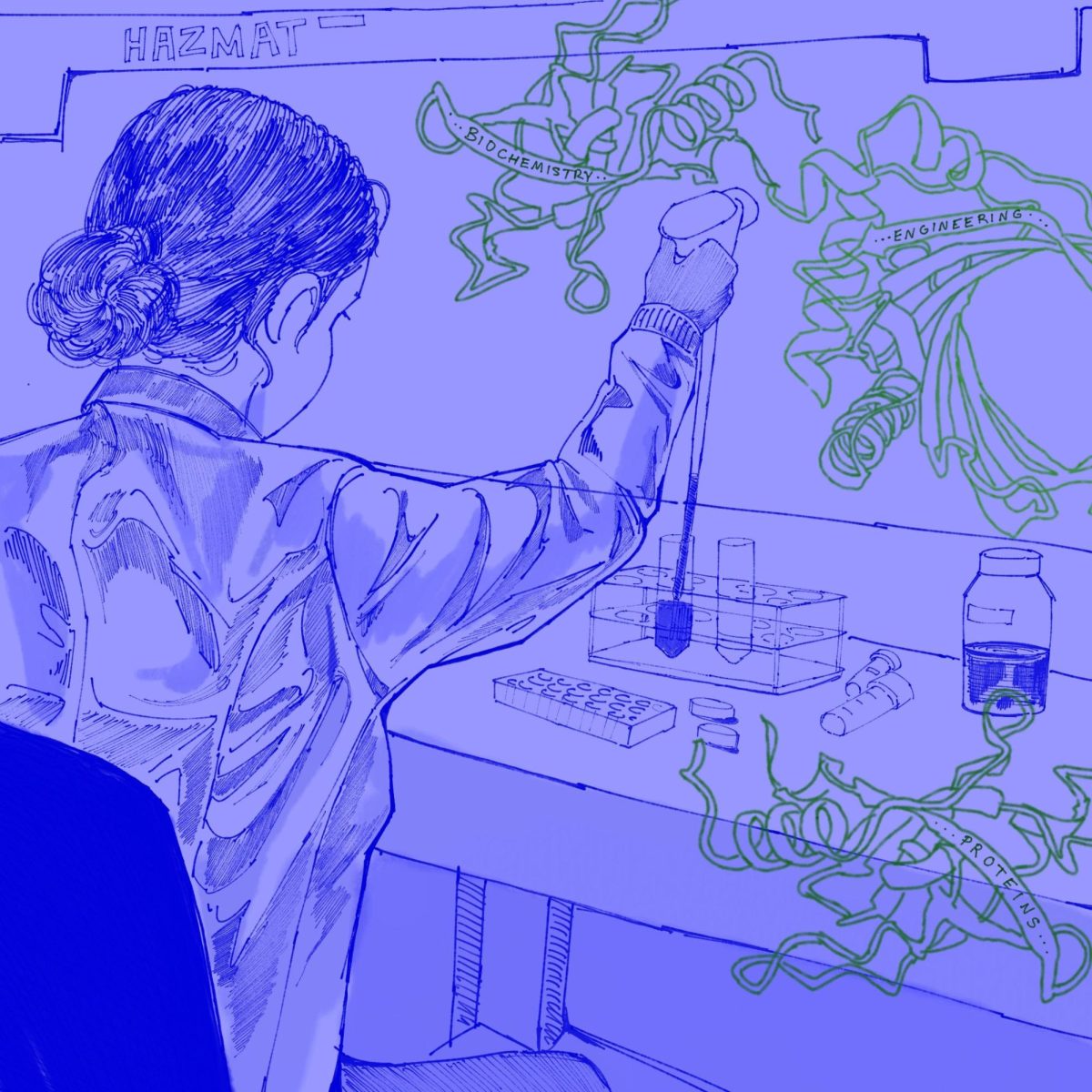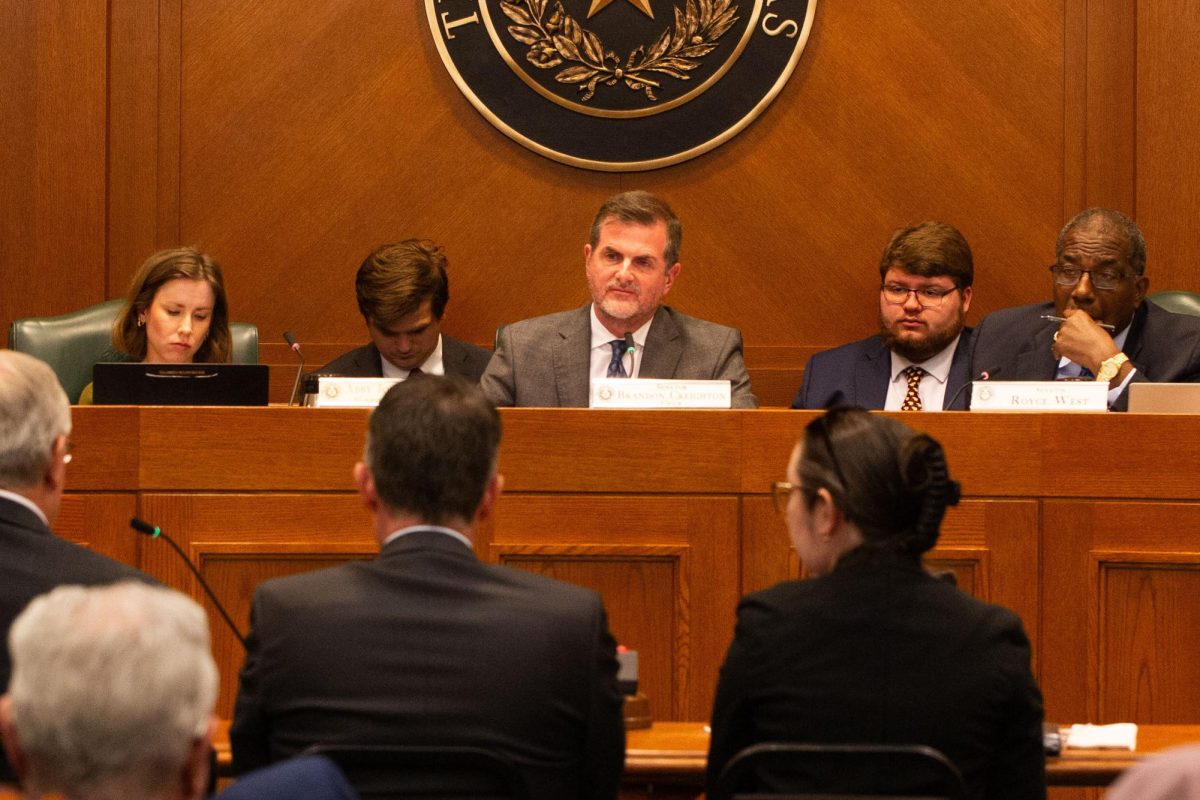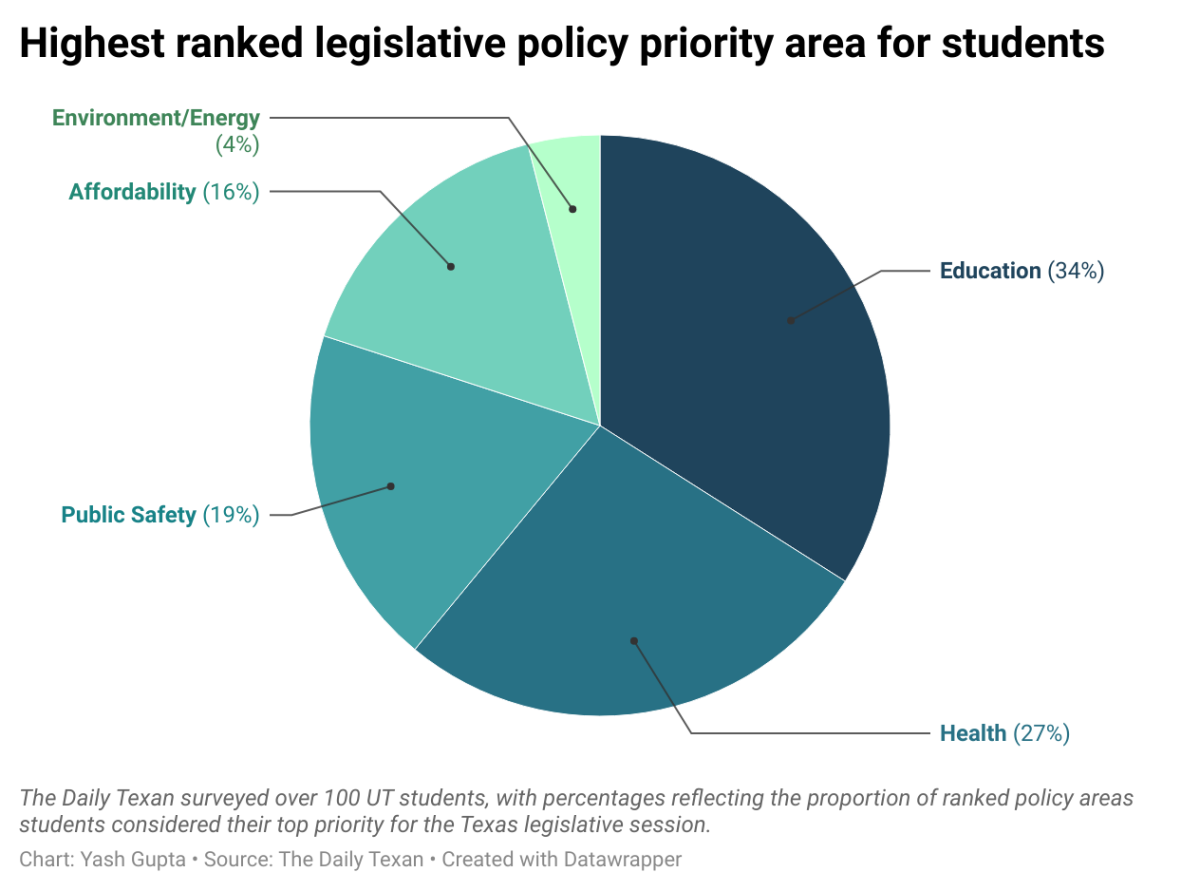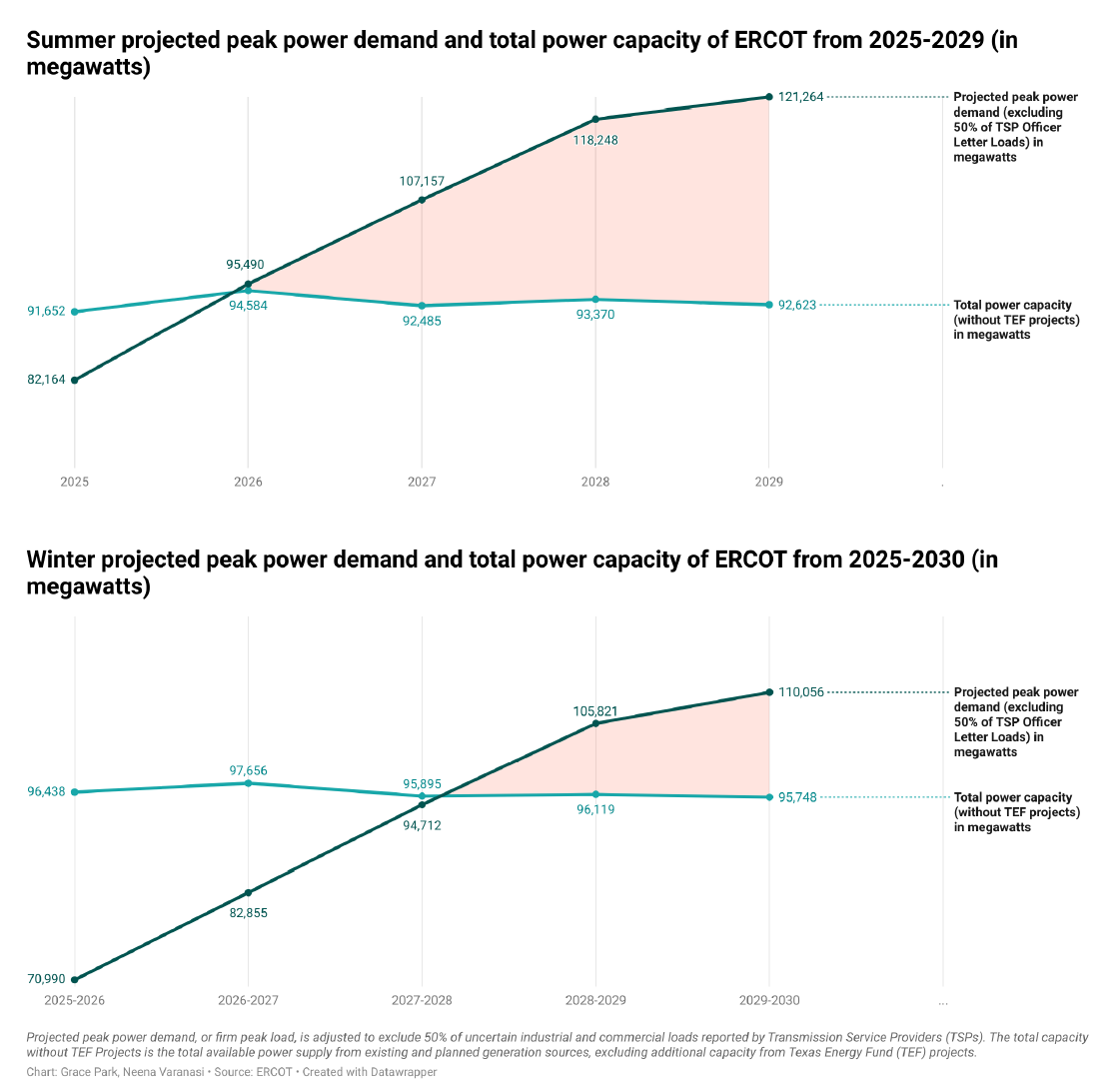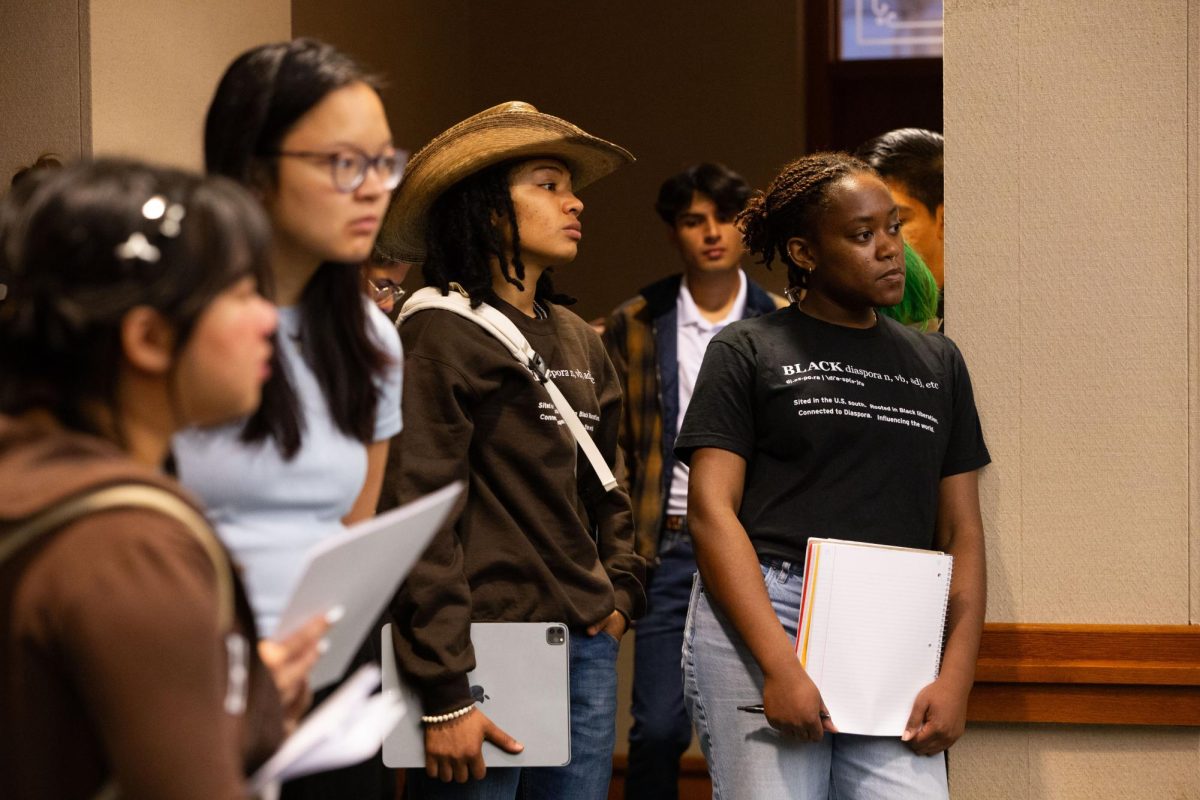Halfway through summer, Austin residents are still looking for ways to beat the intense heat that may break records before the season ends.
This summer’s temperatures have not broken record highs in Austin but may reach an unprecedented number of 100-degree days if current weather patterns continue, said Bob Rose, chief meteorologist for the Lower Colorado River Authority. There have been 40 days with temperatures over 100 degrees so far this summer, he said.
“If this summer were to end right now, I believe we’re in sixth or seventh place for having the most 100-degree days,” Rose said. “We still have all of August and September to go, and we could very well tie or break our record of 69 days.”
Rose said the local region has been experiencing a drought since October 2010, which has been intensified by the extreme heat.
“It’s just unclear right now how long this drought is going to last, but we don’t see a clear end to it any time soon,” he said. “We’re only halfway through summer right now, and we still have a lot more of this hot and presumably dry weather still to go.”
Rose said many droughts in southern states develop as a result of La Niña, a weather phenomenon that involves cooling of tropical Pacific waters and tends to have a drying effect on weather in the Austin area.
“La Niña ended about a month ago, but we’re currently in the middle of the summer where our weather is the most dry and hot,” he said. “This drought has built itself up now to such a magnitude that it’s not going to simply go away with normal weather.”
La Niña could possibly return in the fall and lead to dryer, warmer weather during the winter months as well, Rose said.
“This doesn’t mean we won’t see any cold weather, but I think overall we are looking at a fairly mild winter this year with below-normal rainfall,” he said.
Rose said local residents should limit their exposure to the sun and heat as much as possible, stay hydrated and wear loose-fitting clothing to keep cool. He said homeowners should also avoid watering their lawns between 9 a.m. and 7 p.m. to prevent the water from evaporating and going to waste.
“I would forego the grass but try to take care of the trees because those are things that have taken so long to grow that they are really an investment for homeowners,” he said.
Radio-television-film junior Sofia Sada said she tries to stay cool by remaining indoors and taking the bus to campus instead of walking during the hottest parts of the day.
“I want to try different outdoor activities like going to Barton Springs,” Sada said. “It’s so hot that it makes it hard to stay outside and enjoy things like swimming or going for a run.”
Geology professor Jay Banner said analysis of long-term patterns of the local climate shows natural factors can lead to drastic changes in the environment. He said his studies indicate the region has experienced several droughts, many lasting for several years, throughout history.
“Going back to the last Ice Age, it looks like the climate was much wetter than it is today,” Banner said. “We can’t attribute human factors to the cause of the climate change because there weren’t many humans around then. It raises the question of how those droughts of the past might present themselves if they were to recur with the added component of human factors.”





